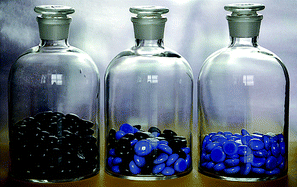Recent advances in isotope dilution analysis for elemental speciation†
Abstract
Following the concepts and applications included in our tutorial review published in 2005, this review presents and critically discusses new concepts, methodologies and trends that have appeared during the last five years of scientific development in the field of isotope dilution analysis for elemental speciation. Although general concepts have been detailed previously in several high quality reviews, we will highlight selected applications that, in our opinion, have significantly contributed to the improvement of the state of the art in this field. Methodological advances, such as the irruption of the Isotope Pattern Deconvolution theory, are commented in detail. Important metrological achievements, such as the organisation of international comparisons by the Comité consultatif pour la quantité de matière (CCQM) or the certification of new reference materials using Isotope Dilution Analysis are also included. Particular attention has been paid to the developments in the field of bioanalytical chemistry. The application of enriched stable isotopes in metallomics, clinical chemistry and quantitative proteomics are covered in this review. Also, metabolic applications of enriched isotopes are included when speciation work is carried out. Finally, future trends are identified together with the extension of concepts and applications typical of elemental speciation to other scientific fields.

- This article is part of the themed collection: 2010 Young Analytical Scientists

 Please wait while we load your content...
Please wait while we load your content...